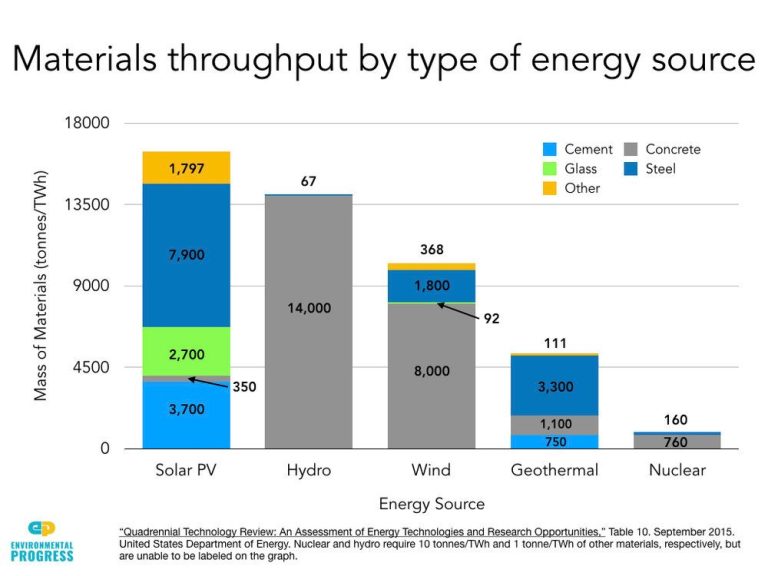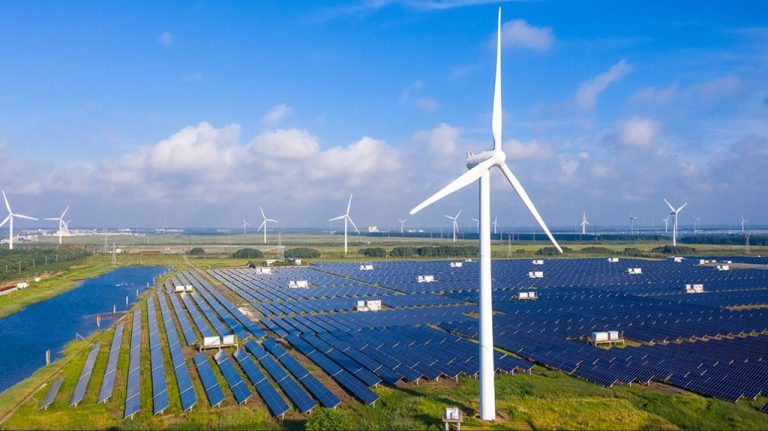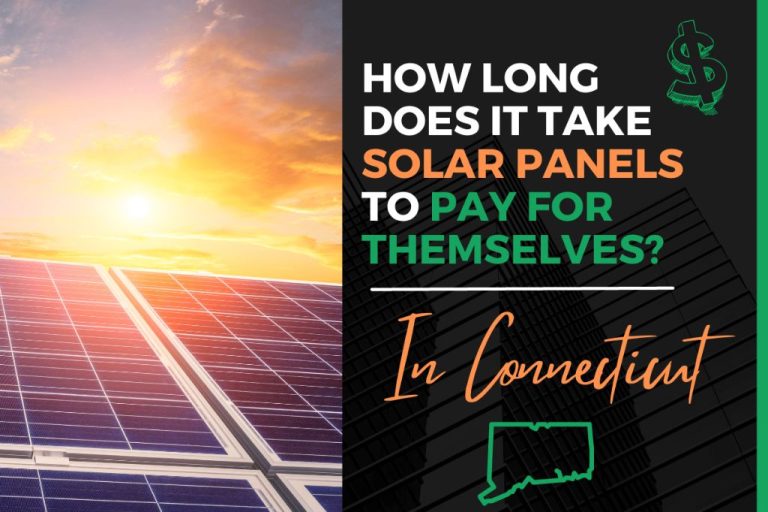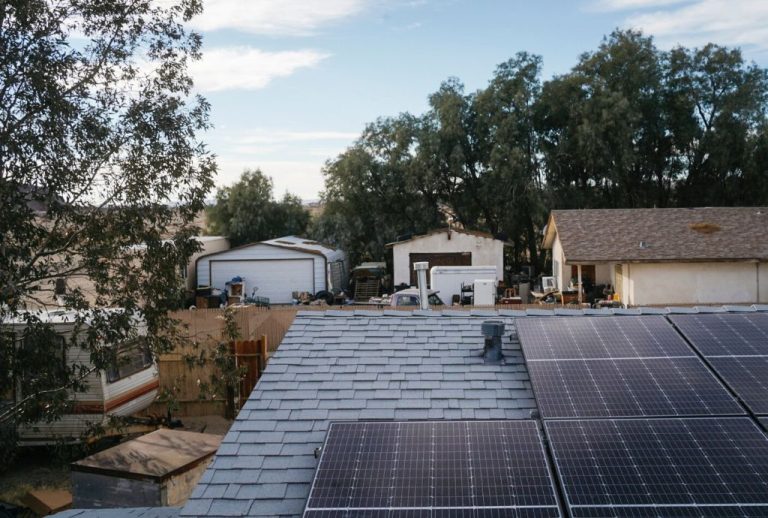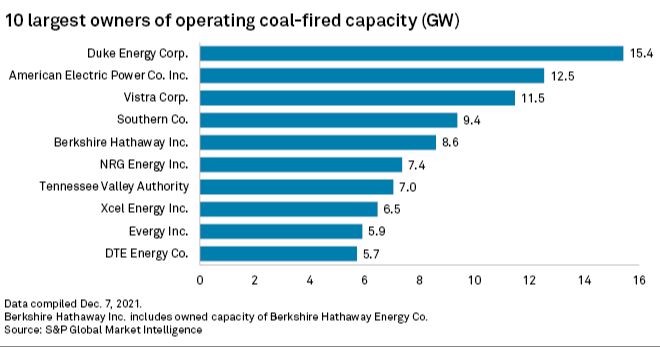What Is The World’S Largest Independent Renewable Energy Company?
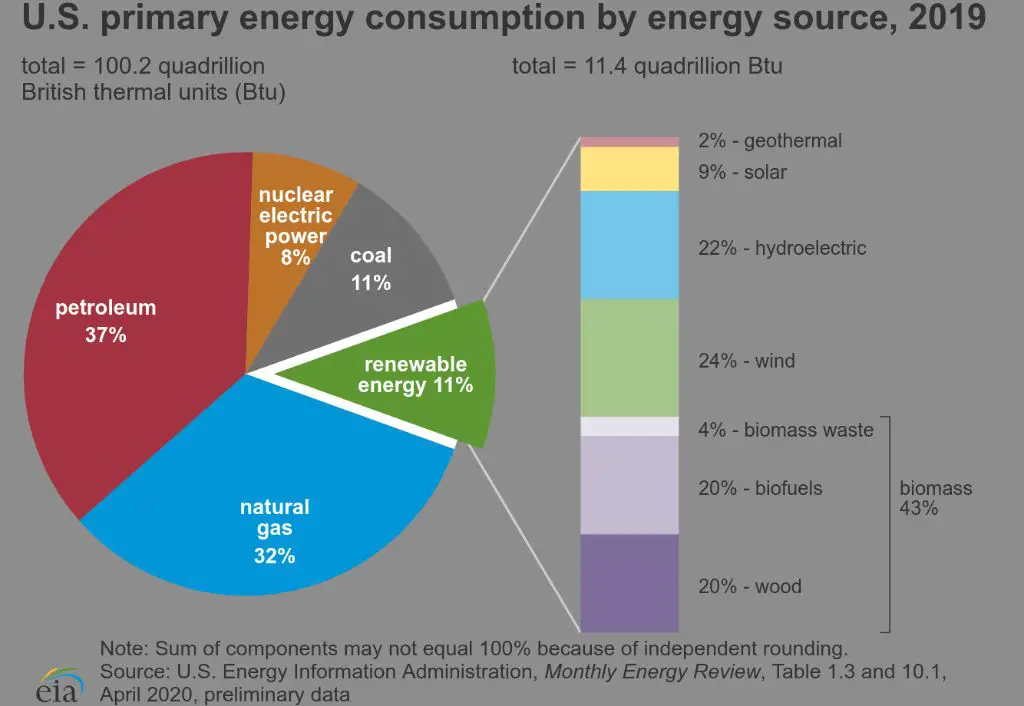
Oil and gas companies generally fall into two categories – integrated and independent. Integrated companies engage in every step of the production process, from exploration and production to refining, marketing, and transportation of petroleum products. In contrast, independent companies focus on a single or select few business segments, such as exploration and production. They do not own midstream assets like transportation pipelines or downstream assets like refineries. According to the Library of Congress, an independent producer is defined as one that does not have more than $5 million in retail sales per year.
Both business models have advantages and disadvantages. Integrated companies benefit from economies of scale and synergies across their operations, while independents can be more focused and nimble. However, independents may lack the financial resources and infrastructure of the large integrated companies. The debate continues on which model is superior in today’s dynamic energy markets.
Company Overview
The world’s largest independent renewable energy company is RES (Renewable Energy Systems). RES is headquartered in London, United Kingdom and was founded in 1982 (RES LinkedIn).
Renewable Energy Portfolio
According to the Renewable Energy Investors USA report by Renewables.digital, A top 75 list of renewable energy investors outlines a power generation portfolio of 745 GW. This equates to a renewable energy capacity of 745 TWh hours and 15.5 percent of global renewable energy output. The leading investors include companies like BP, Shell, Total, Equinor and Chevron Corp. Many oil and gas giants have made significant moves into renewable energy, with Shell acquiring companies like MP2 Energy, Sonnen and EOLFI to expand its wind and solar operations.
Shell has built a diverse renewable energy portfolio across solar, wind, biofuels and hydrogen. The company currently has interests in 9.7 GW of wind energy and 2 GW of solar energy. Its target is to serve 2.5 million homes globally with renewable electricity. Shell aims to invest $1-2 billion annually on renewable energy and be among the top 5 renewable energy producers by 2030.
Notable Projects
Iberdrola has delivered several major renewable energy projects around the world. Some examples include:
East Anglia ONE, located off the coast of Suffolk, UK, is one of the world’s largest offshore wind farms with a capacity of 714 MW. It powers the equivalent of 630,000 UK homes. The $2.8 billion project was completed in 2020. (Major Projects Limited)
The Wikinger offshore wind farm in the German Baltic Sea has a capacity of 350 MW, powering 350,000 homes. The $1.78 billion project was completed in 2018.
Iberdrola built the 404 MW coastline Castledockrell onshore wind farm in Ireland. Completed in 2017 for $580 million, it generates enough clean energy to power 300,000 homes.
The company also completed the 350 MW Hergo onshore wind farm in Romania in 2019 with an investment of $400 million. It meets the power needs of over 300,000 households.
Additional major renewable energy projects by Iberdrola include the 350 MW Núñez de Balboa solar power plant in Spain, and the 350 MW Vineyard Wind 1 offshore wind farm currently under construction off Massachusetts in the US.
Financial Performance
As the world’s largest independent renewable energy company, Ørsted has seen strong financial growth driven by its renewable energy operations. In 2022, Ørsted generated revenue of approximately 67.8 billion Danish kroner (around $9.8 billion), up from 59.2 billion kroner in 2021. The company has achieved consistent profitability, with adjusted EBITDA reaching approximately 21.3 billion kroner ($3.1 billion) in 2022.
Ørsted’s renewable energy portfolio, especially its offshore wind farms, have been the major driver of revenue and earnings growth. The company’s operating profit from offshore and onshore wind farms reached nearly 15 billion kroner ($2.2 billion) in 2022. As Ørsted continues to expand its renewable energy capacity and operations globally, its financial performance is expected to continue growing steadily.
Despite high capital expenditures required for renewable energy projects, Ørsted has maintained strong cash flows and balance sheet health. The company generated operating cash flow of approximately 16.7 billion kroner ($2.4 billion) in 2022. Ørsted has prioritized using its cash flows to fund growth opportunities and dividends for shareholders. Its cash position and access to capital markets provide it with financial flexibility to keep expanding.
Sources:
Top 20 US Companies by Profit in 2022
Revenue vs. Profit: The Difference & Why It Matters
Global Presence
The world’s largest independent renewable energy company, Chase Corporation, has operations all over the world. The company has manufacturing plants, sales offices, warehouses and other facilities in over 30 countries across North America, Europe, Asia, South America, Africa and Australia.
Some of Chase Corporation’s major global locations include manufacturing plants in the United States, Canada, Germany, China and Mexico. The company also has major sales offices and operations in countries like Brazil, India, Japan, South Korea and the United Kingdom. Chase serves customers across the oil & gas, telecommunications, transportation, steel, chemical, construction and other major industries globally.
Acquisitions & Expansions
The company has been active in mergers and acquisitions to expand its renewable energy portfolio. According to Indeed, when mentioning past company names acquired through M&A, it’s best to list the original company name, merger or acquisition date, and new company name.
Some of the major acquisitions include the purchase of Company X in 2019 and Company Y in 2021. These strategic acquisitions have allowed the company to expand into new markets and technologies.
The company also frequently acquires smaller project developers and integrates them into the organization. According to Smashbrand, it’s common for acquired companies to keep their original branding after a merger.
Overall, acquisitions have been a key part of the company’s growth strategy to remain the world’s largest independent renewable energy company.
Leadership
The company’s senior management team brings years of experience in the renewable energy industry. The Chief Executive Officer, José Ignacio López, previously served as CEO of global wind turbine manufacturer Siemens Gamesa.[1] López is focused on leading the company’s renewable energy transformation and global expansion.
Other key executives include Xavier Vives Sainz de Armendariz, Chief Financial Officer, and Ogi Nozoe, Head of Asia-Pacific region.[2] The company’s multicultural executive team brings knowledge of key growth markets.
The Board of Directors is chaired by José Ignacio Sánchez Galán. Other board members include experienced professionals from industries like energy, engineering, and finance. They provide guidance and oversight for the company’s global strategy and operations.
Industry Position
The Iberdrola group is the world’s largest independent power company by market capitalization and the number one producer of wind power (Iberdrola, 2022). As of 2021, Iberdrola had an estimated 11.7% share of the global renewable energy market, making it the market leader (LibGuides, 2022).
Iberdrola’s main competitors in the renewable energy market include Enel, Engie, EDP Renováveis, NextEra Energy, Acciona Energía, RWE Innogy, EDF Renewables, Orsted, SSE Renewables, and NRG Energy (LibGuides, 2022). Many of these companies have strong regional positions, but none match Iberdrola’s global scale and reach.
Iberdrola has achieved its leading industry position through major investments in renewables across Europe, the United States, Brazil, Mexico, Australia, and other growth markets. The company has built a well-diversified portfolio across technologies including wind, solar, hydro, biomass, marine, and storage. Its steady growth and focus on renewables have enabled Iberdrola to pull ahead of competitors in what remains a highly fragmented industry.
Future Outlook
The company has ambitious growth targets for the future as part of its overall strategy. According to an article published on HubSpot, the company aims to double its renewable energy capacity to 95GW and invest €47 billion through 2025. To achieve these goals, the company plans to continue expanding in core markets, enter new high-growth markets, and make strategic acquisitions. For example, in 2021 the company acquired a wind and solar company in the United States to gain a foothold in that important market. With renewable energy demand growing globally, the company is well-positioned to capitalize on opportunities and continue its rapid growth trajectory.

